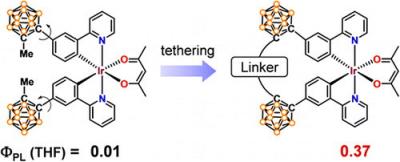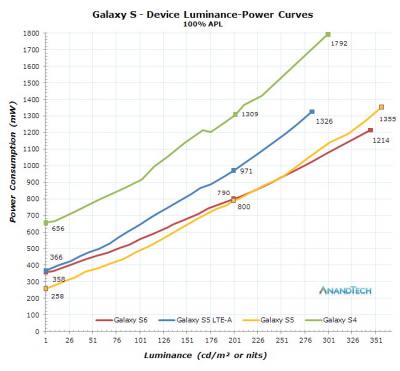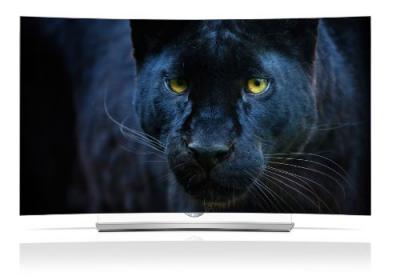OLED Technologies & Solutions files for bankruptcy
 According to my sources, OLED Technologies & Solutions BV, an OLED display manufacturing solution provider, has filed for bankruptcy. This is a sad ending to a long standing OLED company that started out as OTB Display years ago.
According to my sources, OLED Technologies & Solutions BV, an OLED display manufacturing solution provider, has filed for bankruptcy. This is a sad ending to a long standing OLED company that started out as OTB Display years ago.
OTS offered a total solution for OLED display manufacturing: in-line OLED printed display manufacturing systems, backplane and display product development, OLED device, stack, and ink development, process development expertise and display characterization and improvement. The company developed a fully automated printed OLED processing line, the PCAP-20, and was developing their next-gen tool, the PCAP-48, a Gen-4.5 OLED processing line, designed to produce high quality large screen HDTV displays with industry record yields and lowest cost per display.










